NEWS
A Park That Speaks to the Soul
Nestled near Watson and Montevideo in western Minnesota, Lac qui Parle State Park—translated from French as “the lake that speaks”—offers a blend of prairie beauty, historic intrigue, and remarkable wildlife. Spanning over a thousand acres, this park sits where the Minnesota River widens into a broad, shimmering lake that echoes with the calls of thousands of migrating geese each spring and fall. It’s a peaceful retreat for campers, hikers, birders, and anyone who loves the quiet rhythm of the prairie.
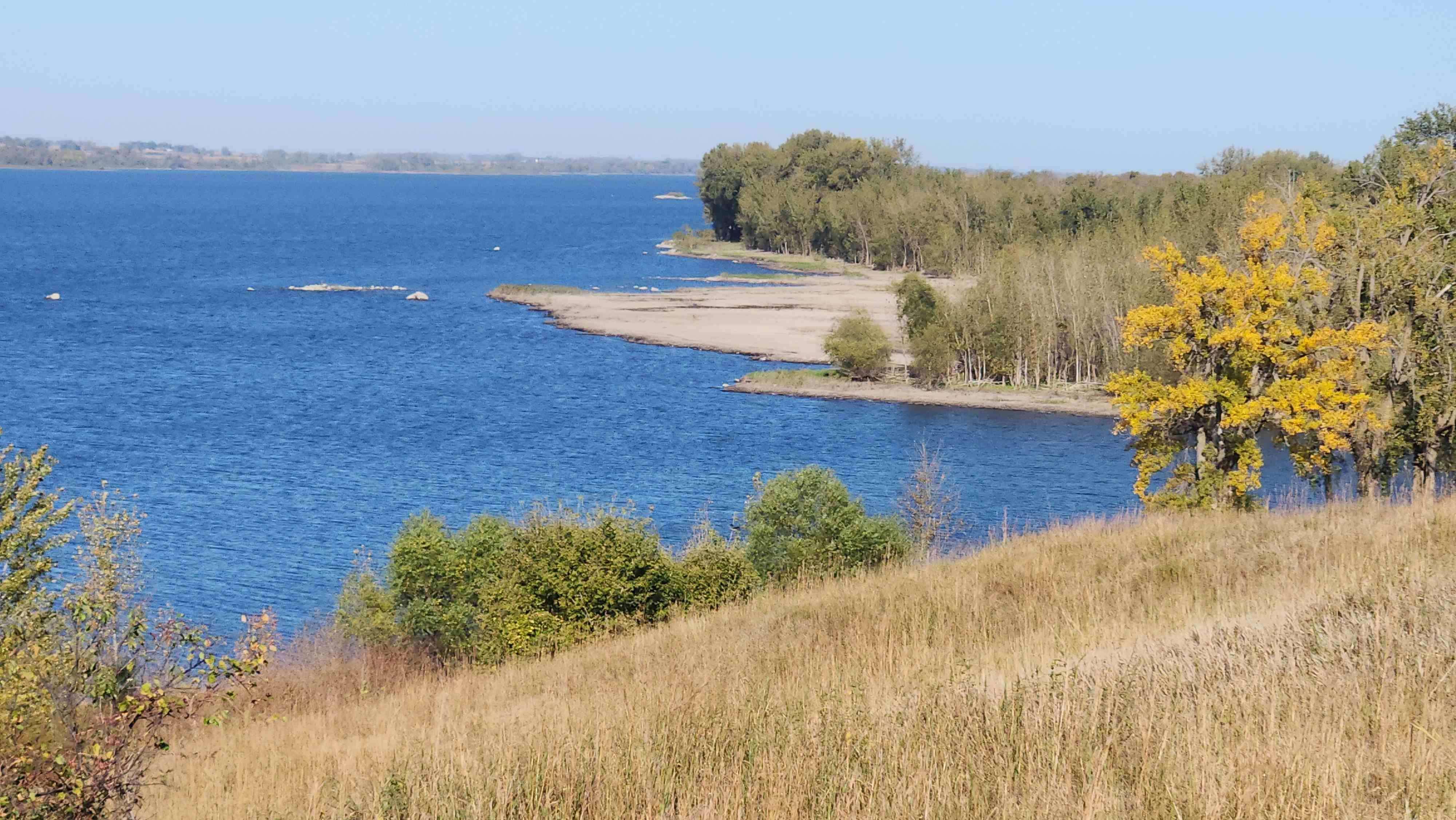
The Lake and Its Origins
Lac qui Parle Lake is both natural and engineered. The original river basin was expanded in the late 1930s when the Works Progress Administration (WPA) constructed a dam as part of a regional flood-control effort. Managed today by the U.S. Army Corps of Engineers, the dam regulates water levels while maintaining a thriving habitat for fish and migratory birds. Anglers can cast for walleye, northern pike, catfish, and bluegill, while kayakers and small-boat enthusiasts enjoy calm stretches ideal for paddling and wildlife photography.
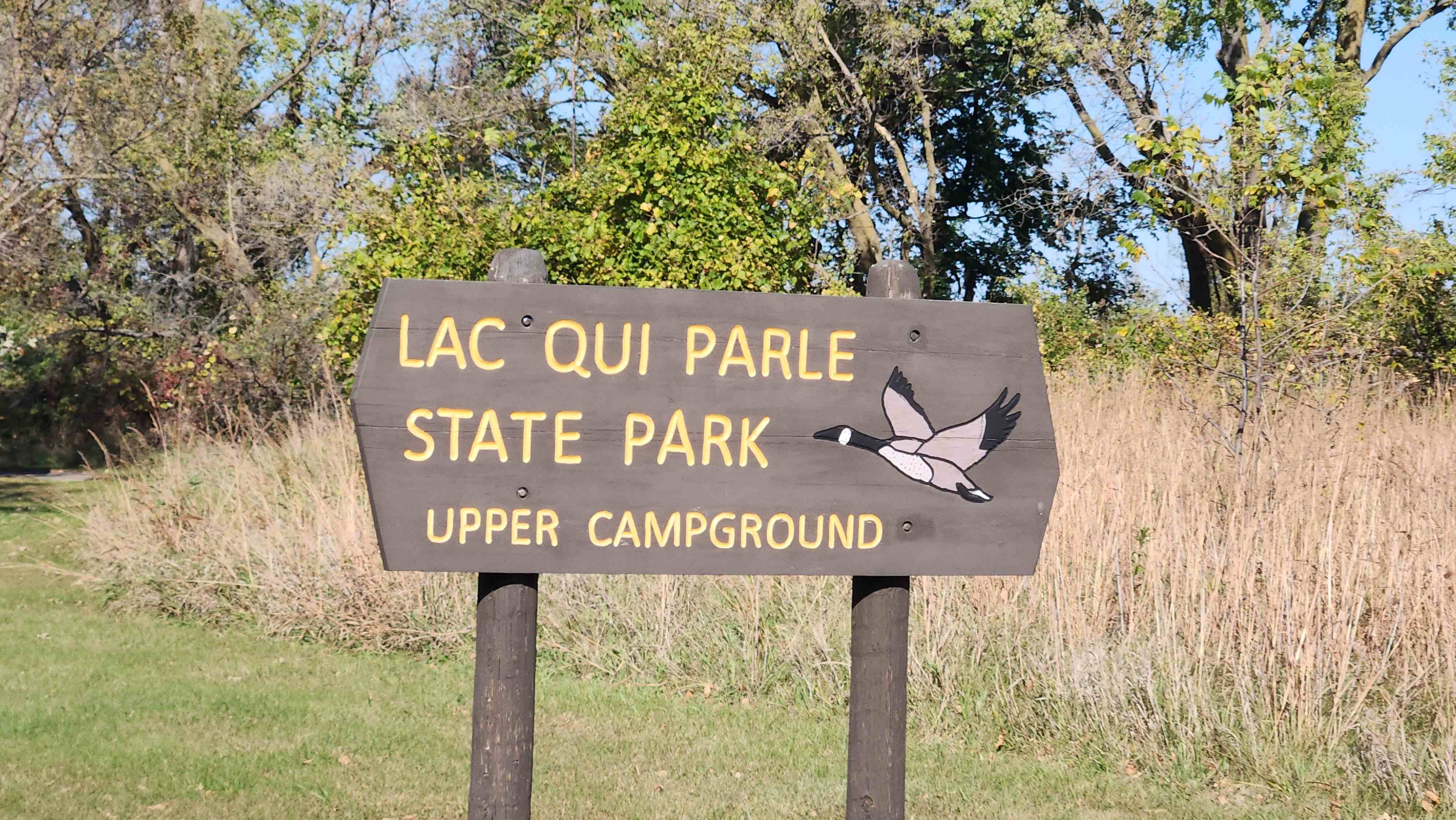
Trails Through Prairie and Woods
Over six miles of hiking trails weave through the park’s oak woods, river-bottom forests, and restored prairie grasslands. The Lower Campground Loop provides gentle walking near the lakeshore, while higher trails near the Upper Campground lead to panoramic views of the river valley. These paths showcase blooming wildflowers in summer and brilliant golden grasses in fall. During winter, the park transforms into a cross-country skier’s haven, with roughly five miles of groomed trails offering peaceful winter solitude.
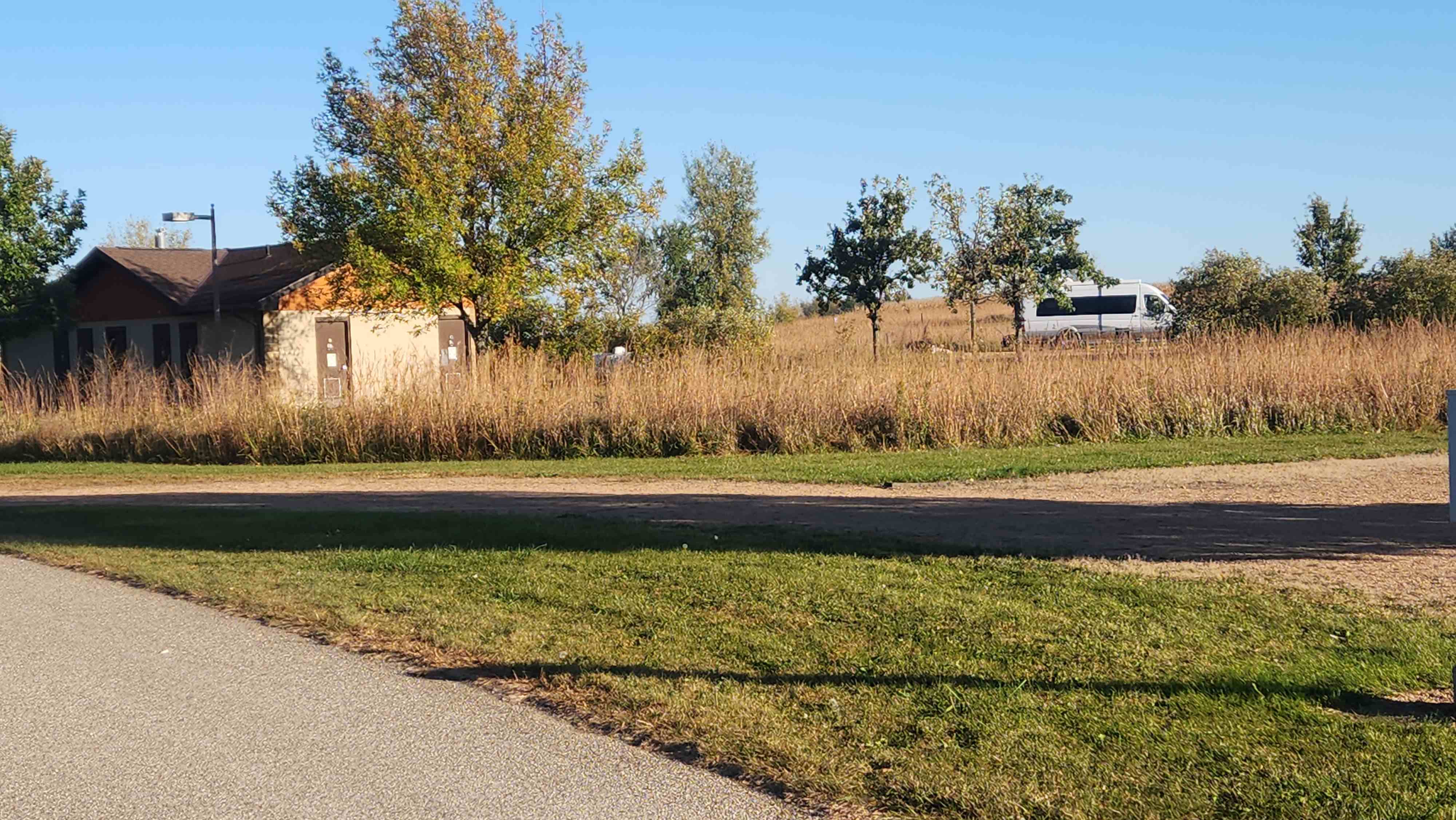
A Giant Among Trees
One of the park’s most photographed landmarks is Minnesota’s largest plains cottonwood tree, located near the Upper Campground. Towering more than a hundred feet tall and measuring over thirty feet around, this massive tree is a reminder of the fertile floodplain ecosystem that once covered much of the Minnesota River Valley. Standing beneath it, visitors often feel they’re in the presence of something ancient and enduring.
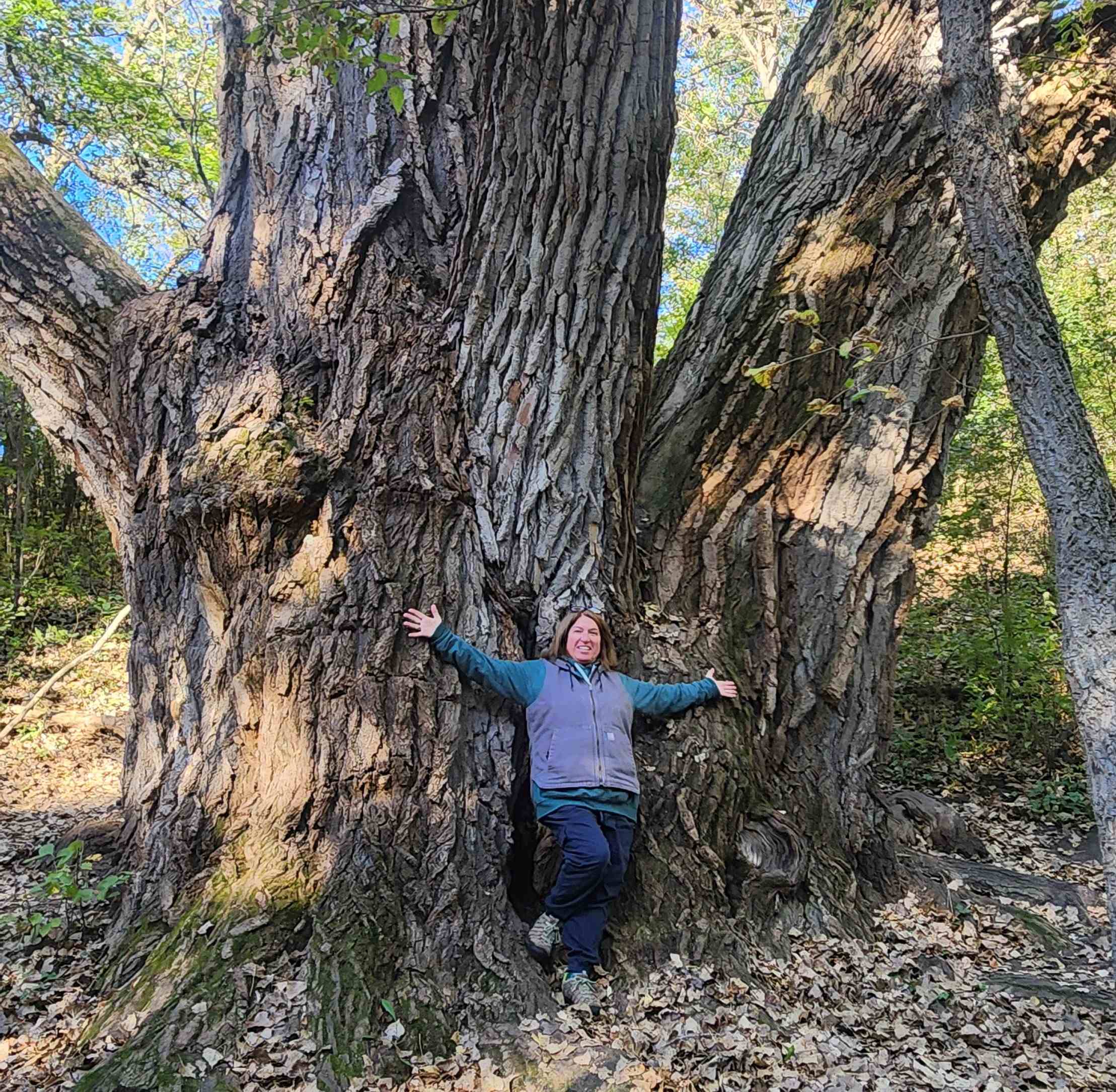
Camping, Cabins, and Comfort
Lac qui Parle offers two main campgrounds—Upper and Lower—each suited for different camping styles. Sites range from rustic tent pads to electric RV hookups, with clean restrooms, showers, and picnic areas available in season. For visitors who prefer a bit more comfort, camper cabins overlook the prairie and lake. These cozy, heated cabins make it possible to enjoy the park year-round, whether you’re exploring wildflowers in May or snowshoeing in January.
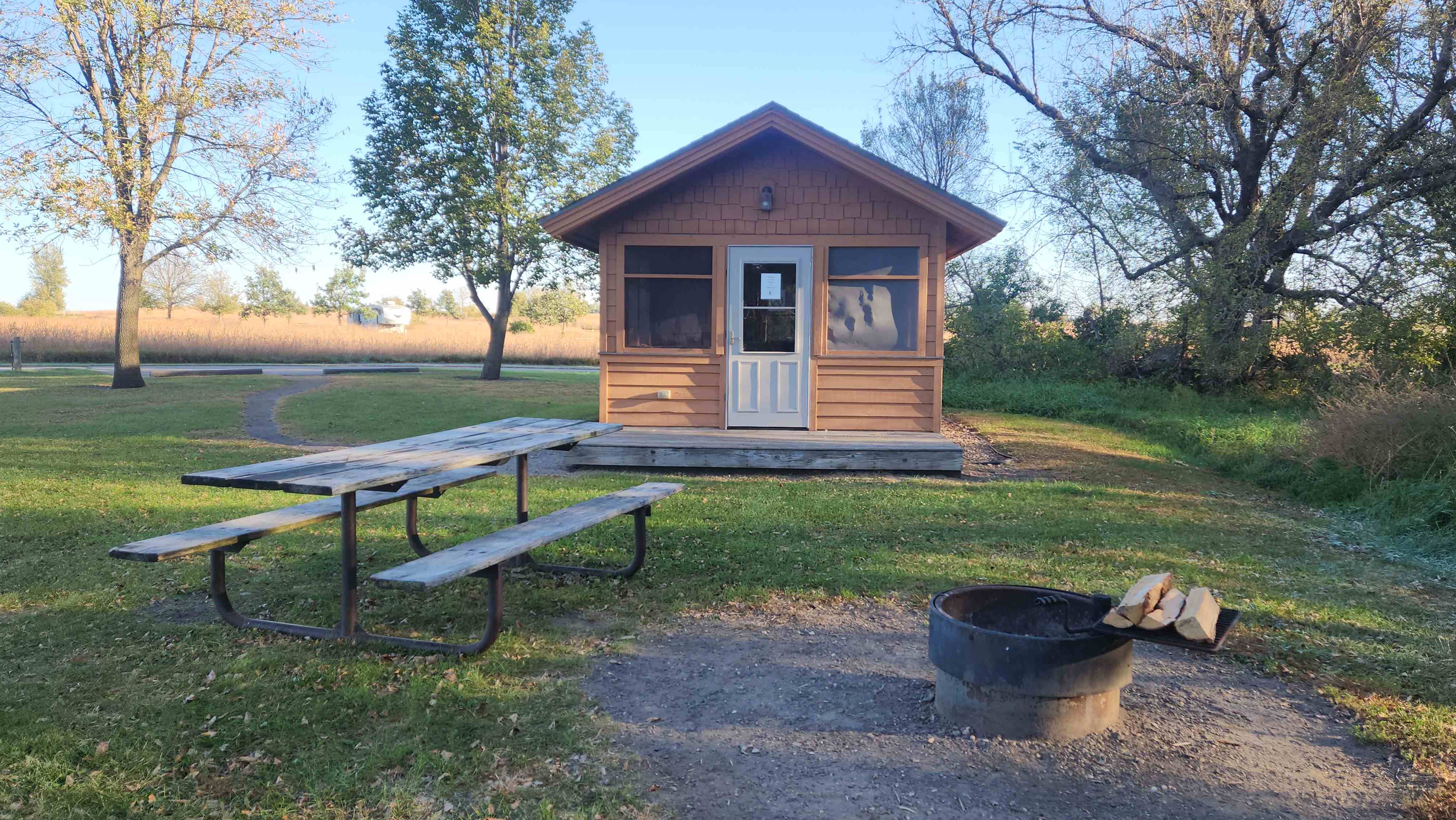
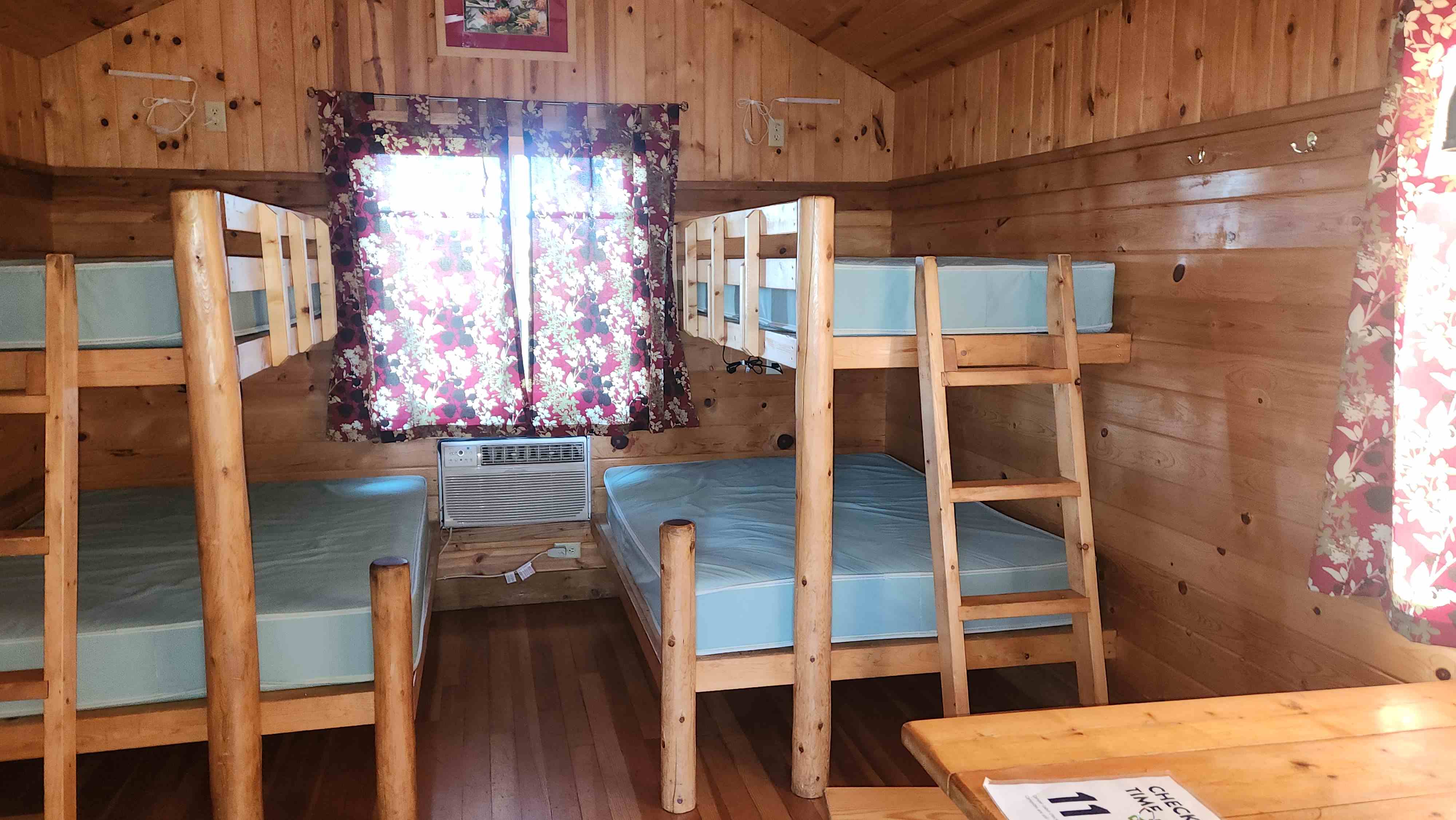
Birding and Wildlife Watching
Every spring and fall, thousands of waterfowl gather on the lake, filling the sky with honks and wingbeats. The park is part of the Lac qui Parle Wildlife Management Area, an important stopover for migratory birds on the Mississippi Flyway. Bald eagles, pelicans, tundra swans, and sandhill cranes can all be spotted here, along with songbirds and shorebirds throughout the year. The surrounding prairies also support white-tailed deer, foxes, and other native wildlife.
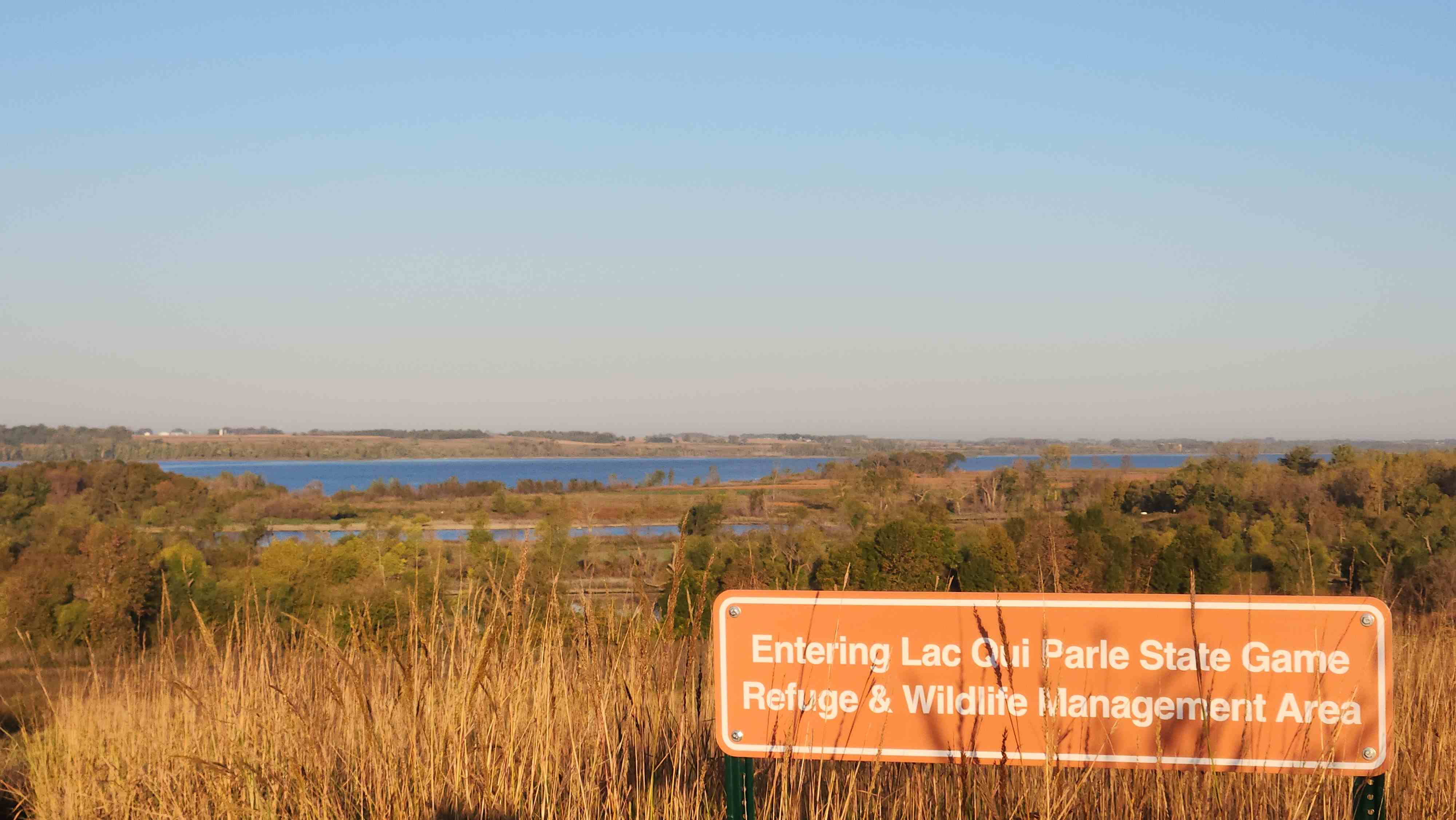
A Rich Cultural Heritage
History runs deep at Lac qui Parle. Just north of the main park lies the Lac qui Parle Mission, founded in 1835 by missionaries Thomas Williamson and Alexander Huggins at the invitation of fur trader Joseph Renville. Here, parts of the Bible were translated into the Dakota language—an important milestone in Minnesota’s early intercultural history. Visitors can explore the reconstructed mission buildings and nearby Fort Renville site, both reminders of the area’s 19th-century frontier life and Dakota heritage.
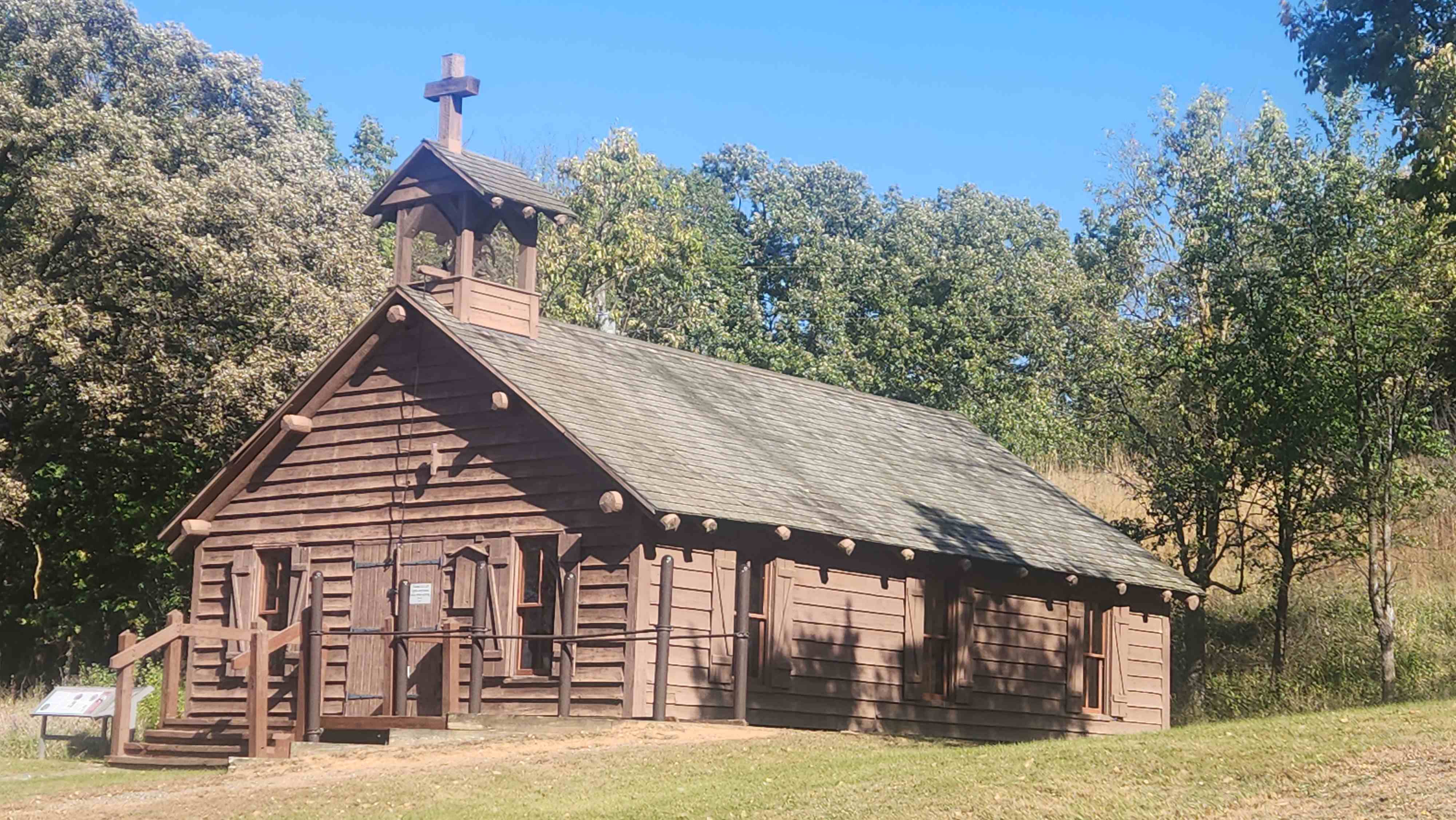
Year-Round Recreation
While summer brings swimmers and anglers to the sandy beach and boat access areas, fall is perhaps the park’s most spectacular season. Crisp air, golden prairies, and flocks of migrating birds make it an ideal time for photography or peaceful camping. Winter brings a quieter rhythm, with opportunities for skiing, snowshoeing, and wildlife tracking along the trails.
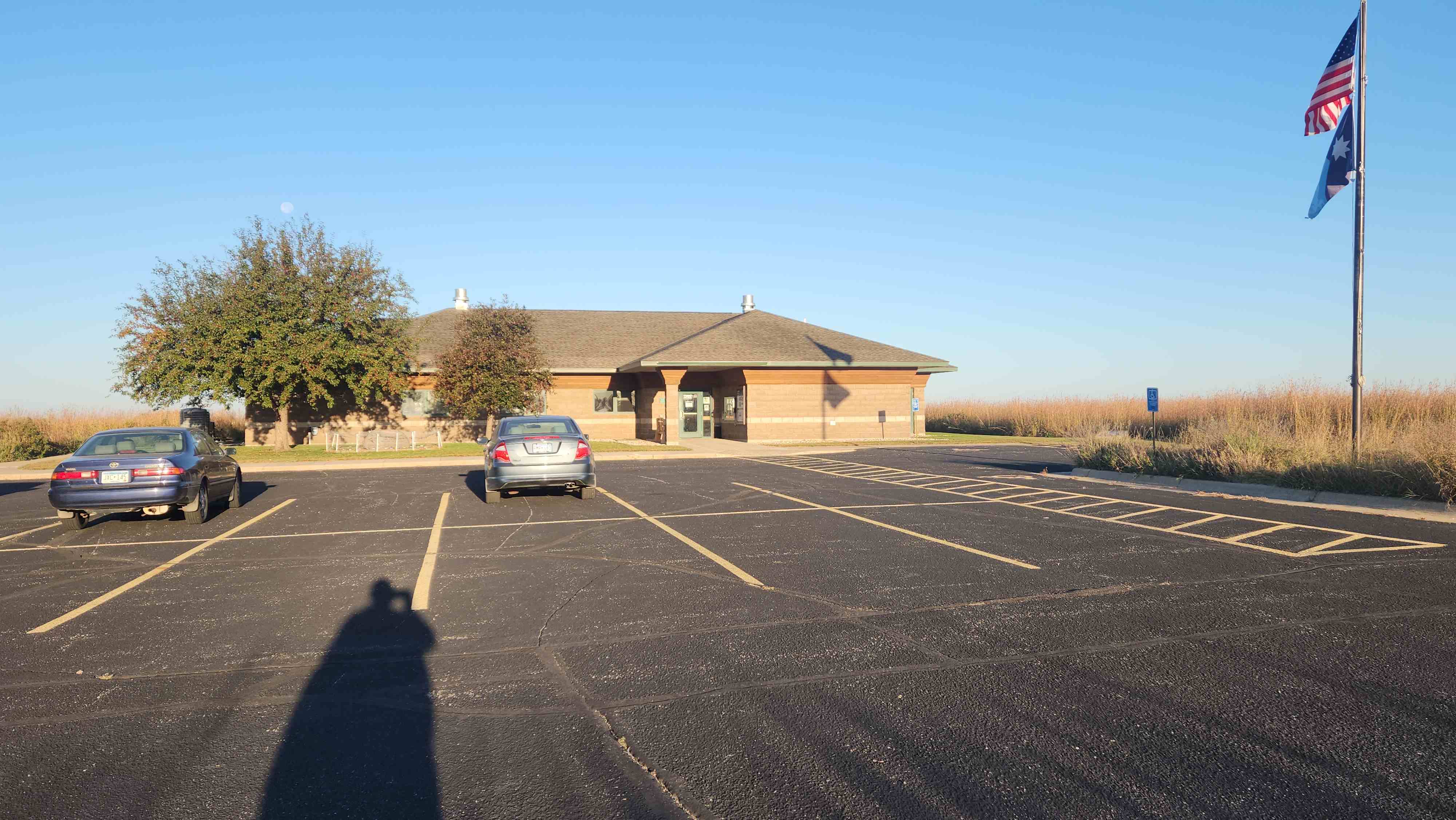
Exploring the Area
Lac qui Parle State Park lies along the Minnesota River Valley Scenic Byway, a route rich with history and natural beauty. The nearby town of Montevideo offers restaurants, groceries, and local attractions, while smaller communities like Watson provide quick access to the park. This part of western Minnesota feels wide-open and inviting—ideal territory for scenic drives, cycling, or simply unwinding by the water.
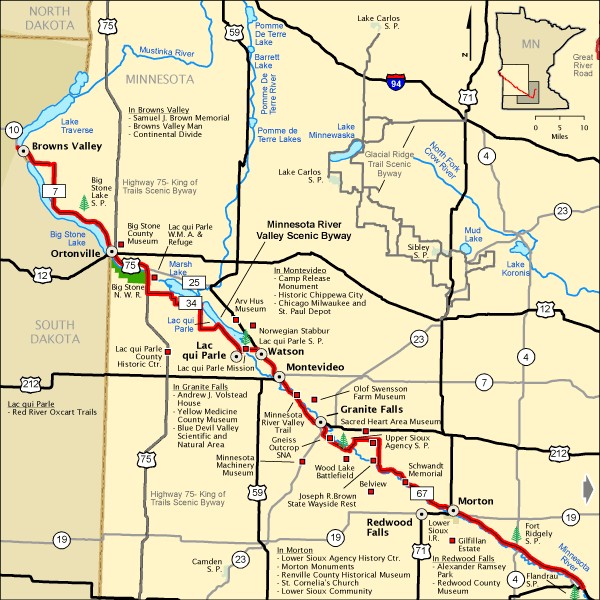
A Perfect Stop for Mini-T Campervan Travelers
For those traveling in a Mini-T Campervan or other small RV, Lac qui Parle is perfectly suited. Campsites are accessible, the park roads are easy to navigate, and both electric and non-electric sites are available for compact campers. With solar power and efficient systems, a Mini-T Campervan fits seamlessly into this quiet, natural setting—whether you’re staying overnight or pausing between destinations along the Minnesota River Valley.
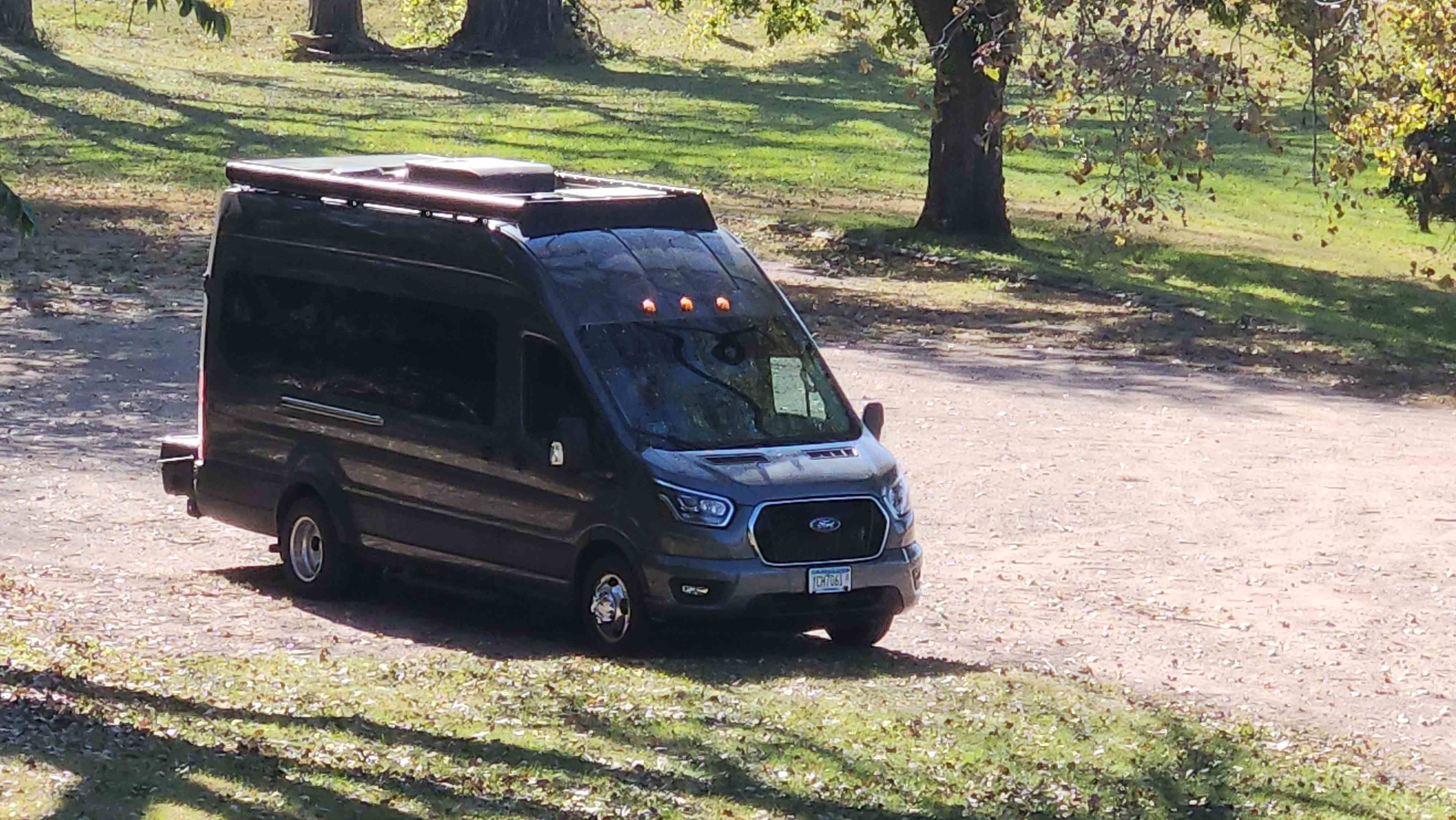
Plan Your Visit
- Address: 14047 20th Street NW, Watson, MN 56295
- Reservations: reservemn.usedirect.com
- Best Time to Visit: Spring and fall for bird migrations; summer for water recreation; winter for solitude and skiing
Lac qui Parle State Park is a place where the prairie meets the water, history meets horizon, and every breeze seems to carry the voices of geese across the lake. Whether you camp, hike, paddle, or simply sit beneath Minnesota’s largest tree listening to the “lake that speaks,” this park offers a peaceful, memorable glimpse into the natural and cultural heart of western Minnesota.
Happy Camping!
Looking for More MN State Parks to Check Out? Explore the Passport Program and plan your next stop her
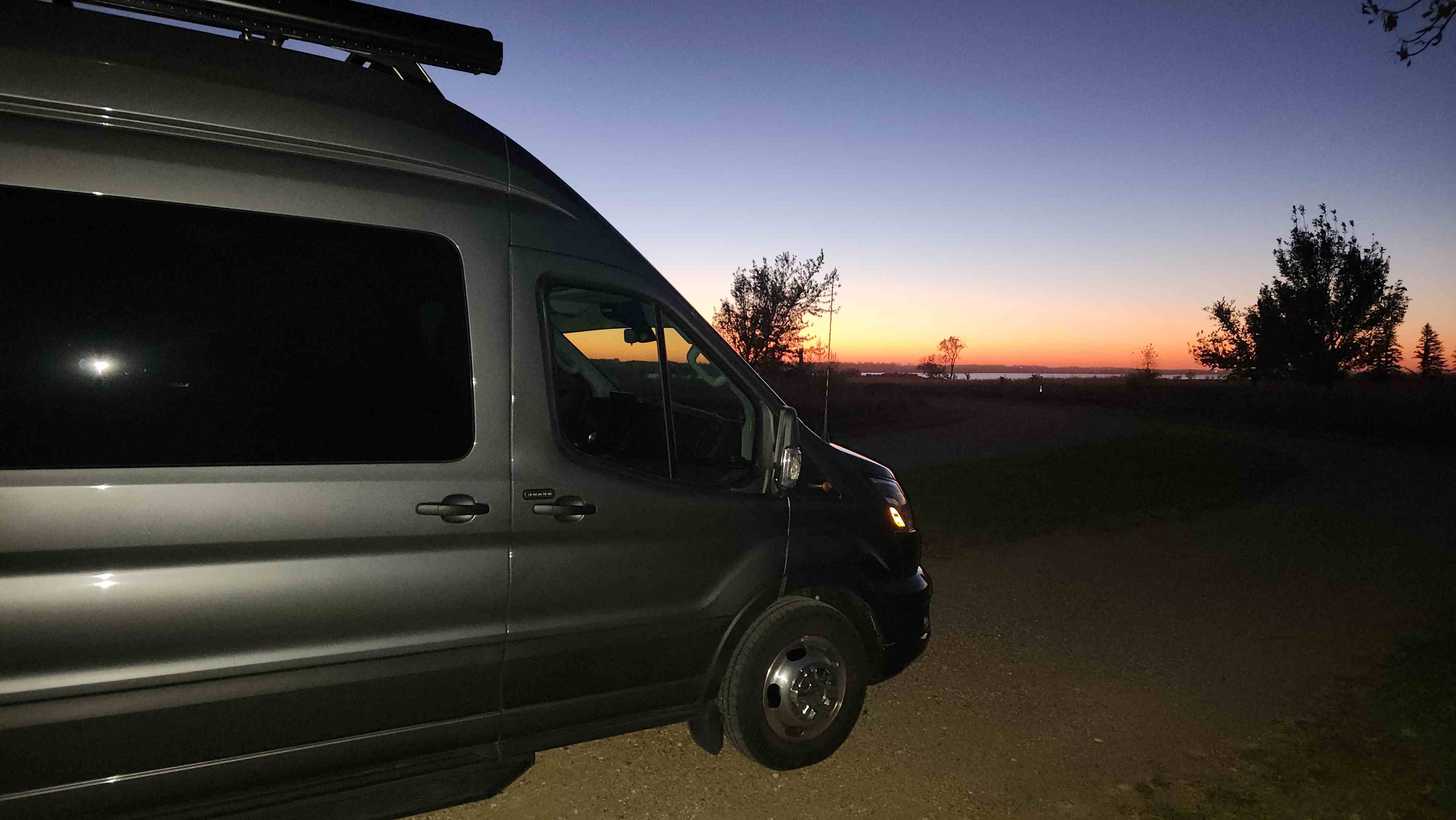
DLM-Distribution / Campervans is a licensed manufacture and dealer located in Lake Crystal Minnesota serving clients around the country
Contact Dave: 651-285-7089 or Candy: 507-382-9446 today!
